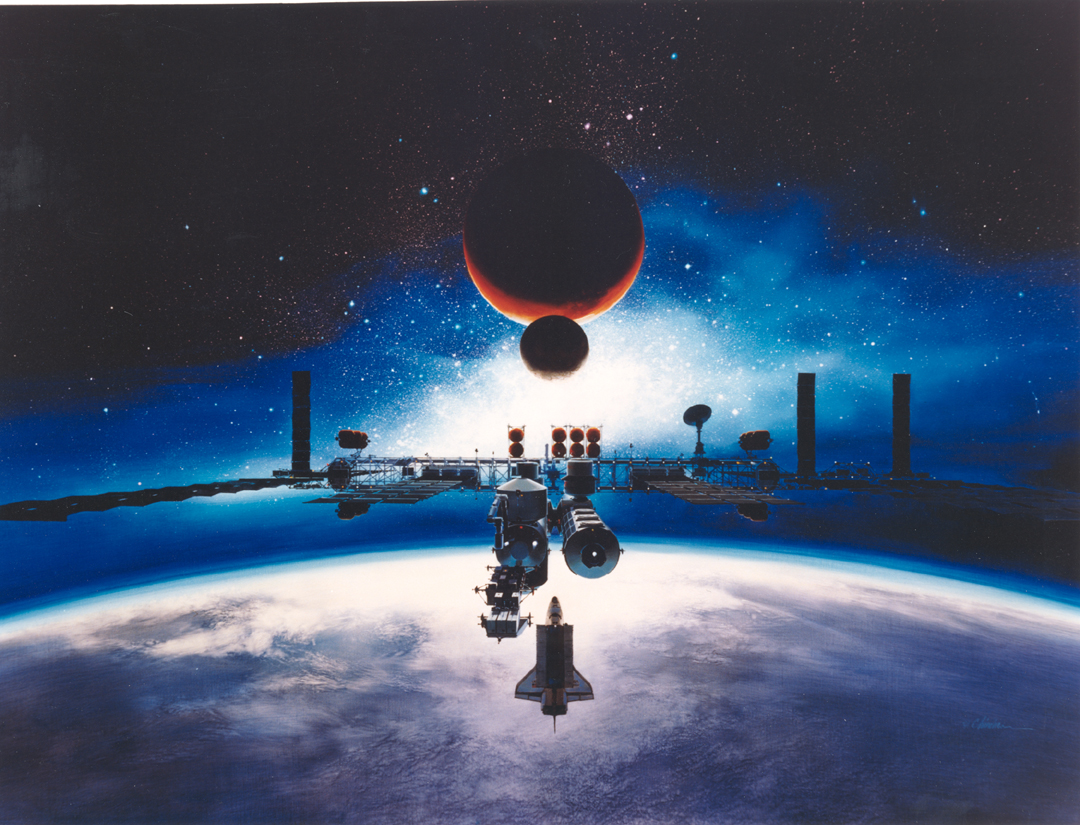

The International Space Station has been continuously occupied since November of 2000, and last year President Obama decided to extend its operational lifetime until 2024. The ISS is a truly a unique space, a microgravity laboratory where NASA can study the effects of prolonged weightlessness on the human body and develop the technologies to keep astronauts alive in this alien environment.
The ultimate application of ISS programs, at least in the near-term future, is to facilitate manned missions to Mars, something space visionaries have been pursuing for decades. But historically, space stations have played a far more integral role in deep space human exploration than just a place to develop technology. I’ve got a massive article coming this weekend about space stations and NASA, but in the meantime enjoy this gallery of some great space station concepts!
Want to find the images and browse yourself? Here’s one gallery from NASA’s history office, and one from the Marshall Spaceflight Centre.

















